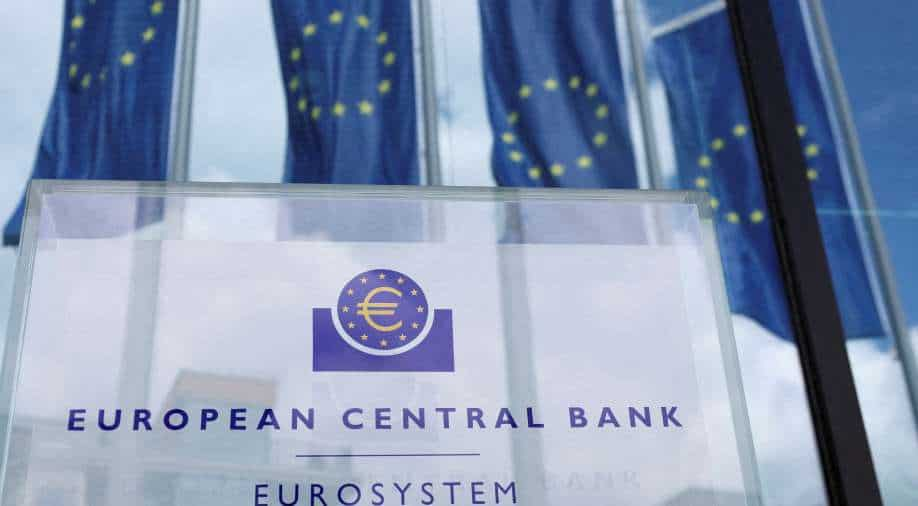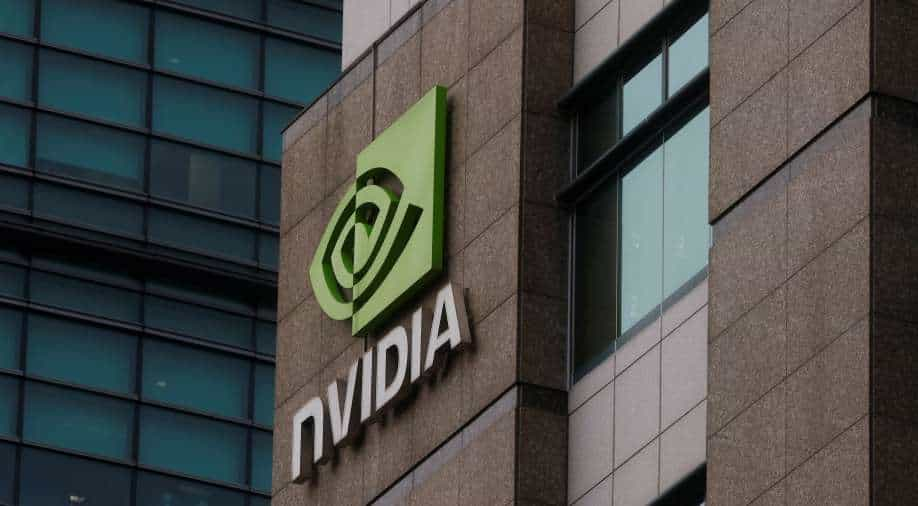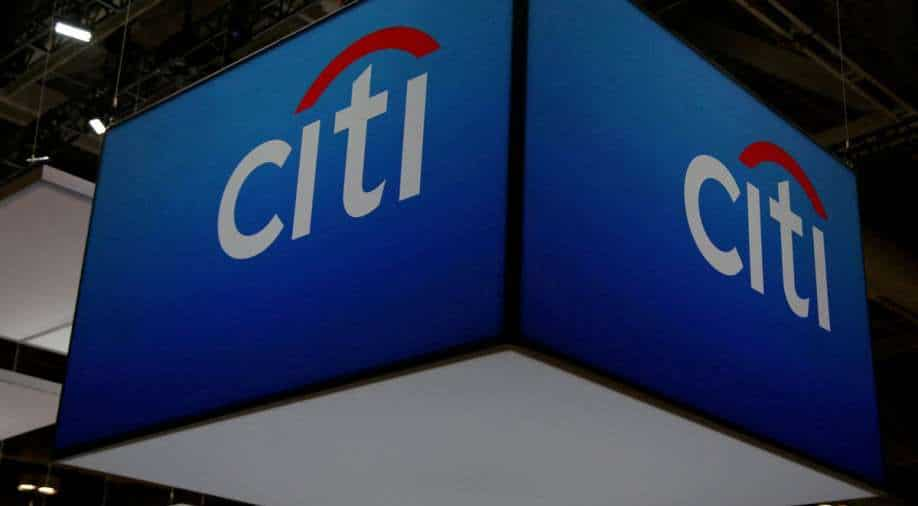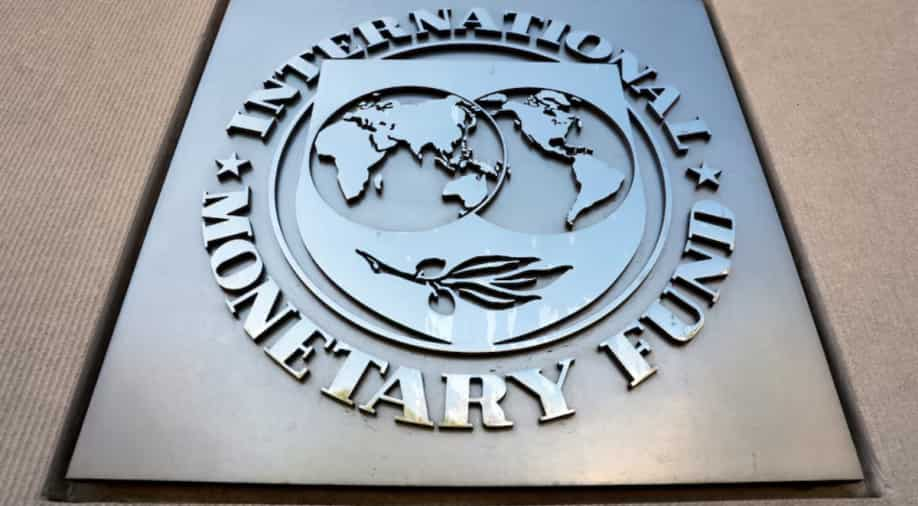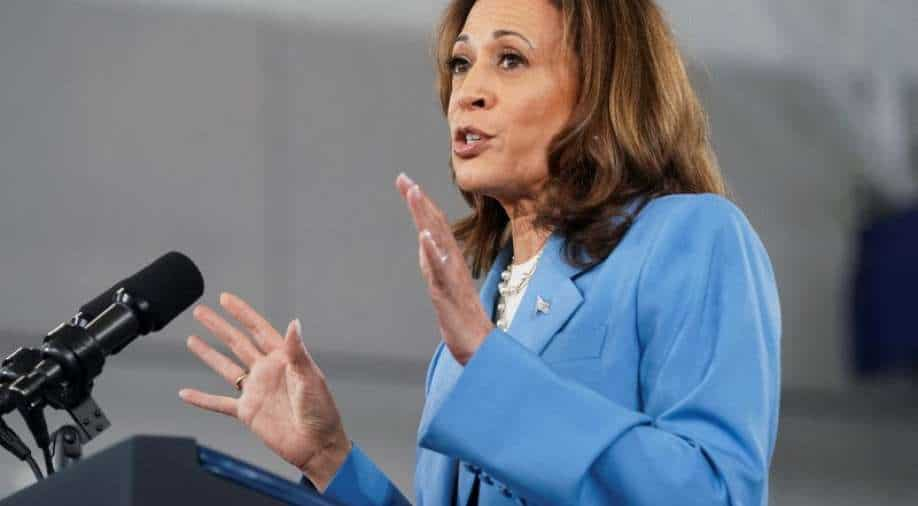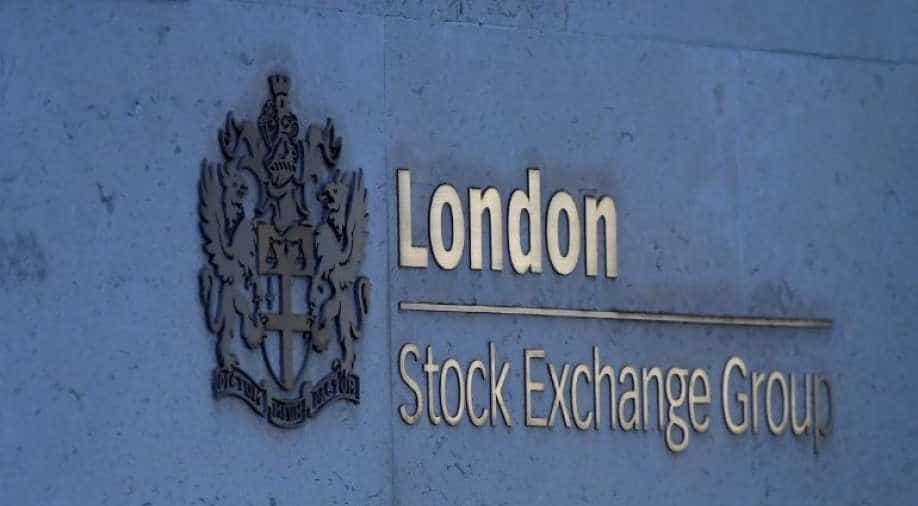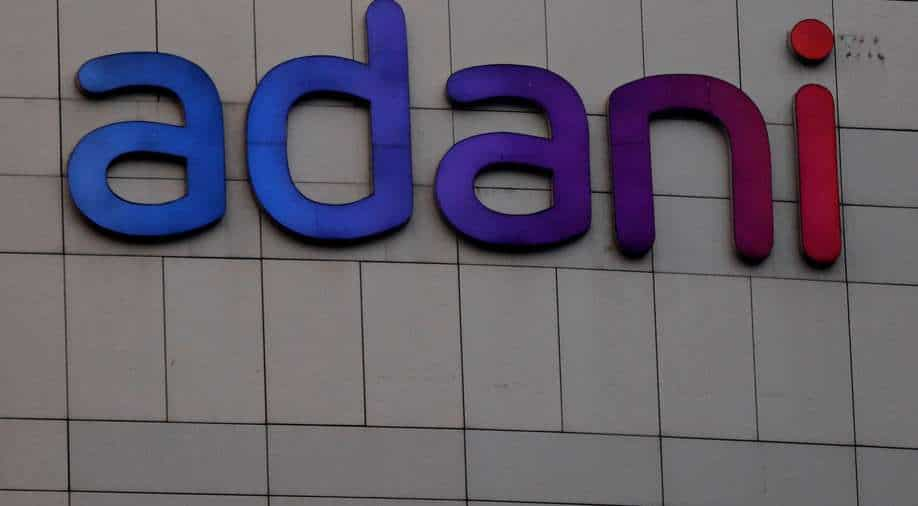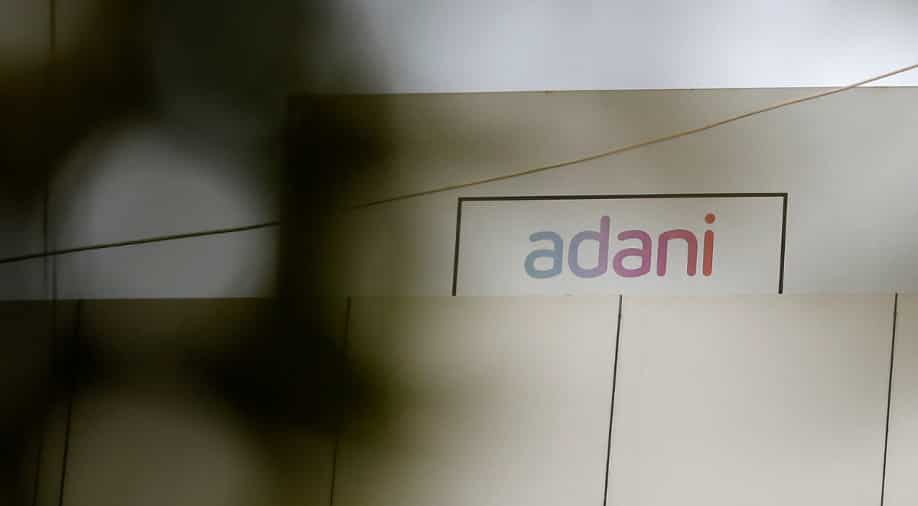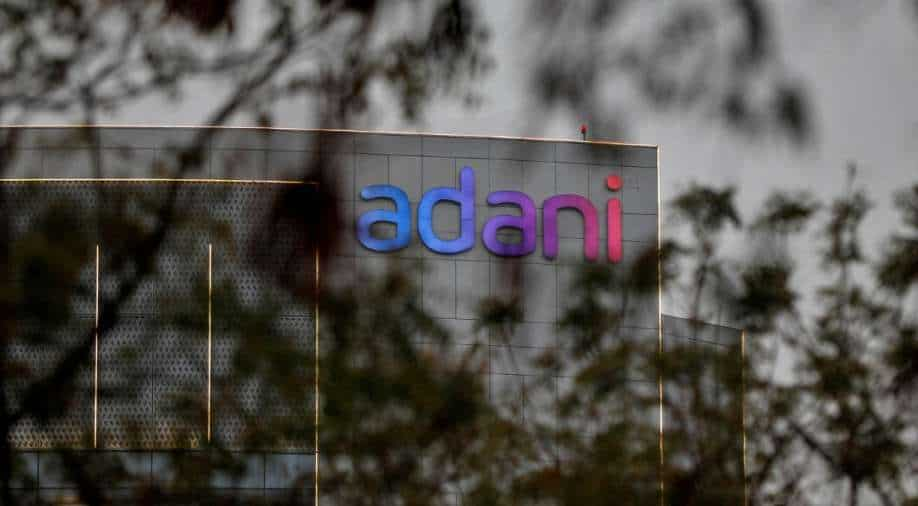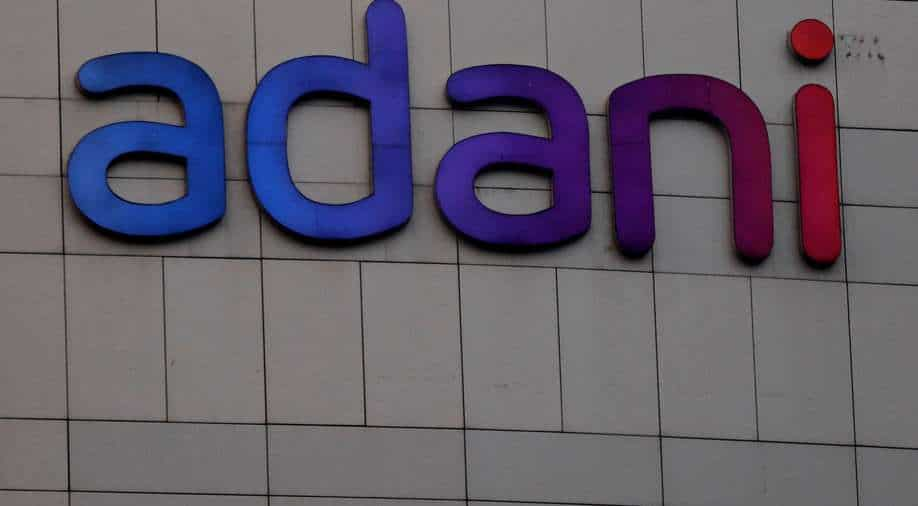After the latest salvo from Hindenburg attacking the SEBI chief, Indian stocks have barely moved on that news. The fall on Tuesday was largely driven by a broader selloff in stocks on regular global news flow Let's look at the Indian stock market reaction to the latest in the 19-month Hindenburg versus Adani group controversy. Compared to last year's over $150 billion rout in Adani group stocks and a crash in Indian benchmarks. The latest market reaction is not particularly painful. After the latest salvo from Hindenburg attacking the SEBI chief, Indian stocks have barely moved on that news. The fall on Tuesday was largely driven by a broader selloff in stocks on regular global news flow On the other hand, instead, recent listings on Indian indices have been favourable, with Ola electric making an impressive debut. In its first two days of trading, the e-scooter maker saw a 44 per cent jump in its stock price, hitting the upper trade limit on both days. On the other hand, Adani group stocks have been volatile this week, but traders are still hopeful. Since May, the three-month volatility skew has risen to its highest level. This indicates an increase in the stock price. This skew measures the difference in implied volatility across different options. Despite the volatility domestic interest in Indian shares and Adani group stocks remained steady. Foreign investor's enthusiasm for Indian stock markets, though, is declining however, the selloff in the previous two weeks is mostly correlated with the increasing risk aversion in global markets. This has shaved nearly $2 billion from domestic equities. The world's fourth-biggest stock market is hurt by a lacklustre earnings season and the government's hike in taxes on stock gains None
Popular Tags:
Share This Post:

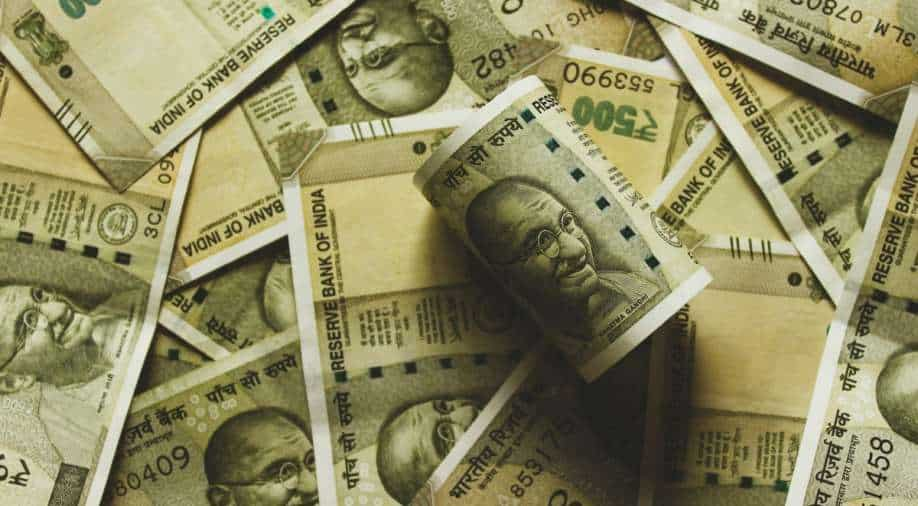
Foreign investors inject Rs 11,366 crore into Indian debt; 2024 inflows surpass Rs 1 lakh crore
August 27, 2024What’s New
Spotlight
Today’s Hot
-
- August 25, 2024
-
- August 25, 2024
-
- August 25, 2024
Featured News
Latest From This Week
Ola Electric Q1 results: Net loss widens, revenue climbs 32%
BUSINESS-ECONOMY
- by Sarkai Info
- August 15, 2024
Norway's sovereign wealth fund achieves $138 billion profit in 2024, boosted by AI surge
BUSINESS-ECONOMY
- by Sarkai Info
- August 15, 2024
PM Modi shows Foxconn chairman India's 'wonderful opportunities' after hiring malpractice report
BUSINESS-ECONOMY
- by Sarkai Info
- August 14, 2024
Subscribe To Our Newsletter
No spam, notifications only about new products, updates.

